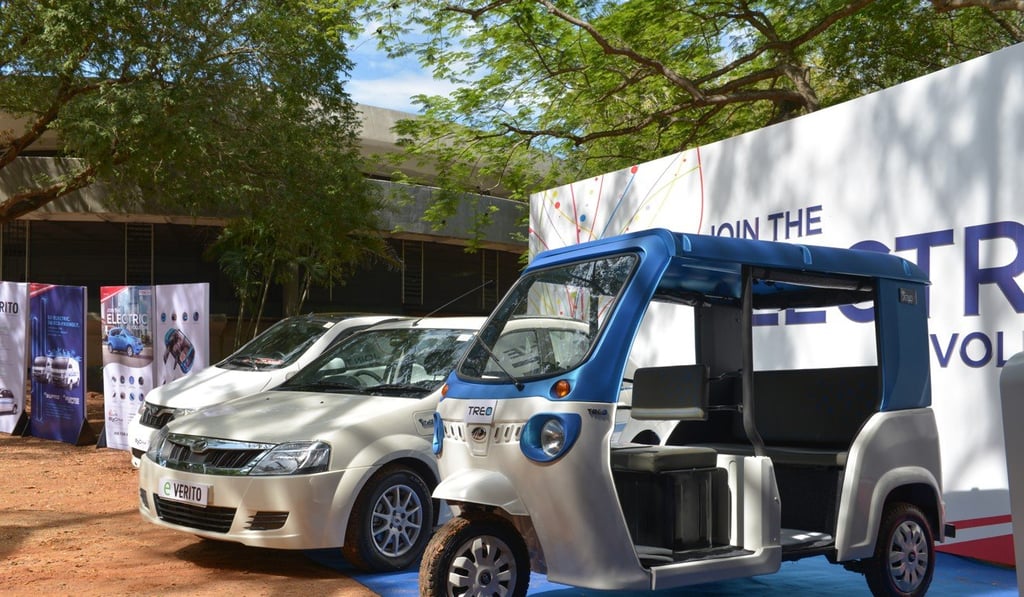Advertisement
In India, Modi is betting big on electric vehicles. But does he need China’s help?
- The South Asian nation wants to become a 100 per cent EV nation by 2030, despite teething problems implementing the switch
- But China controls the bulk of components essential to the manufacture of EV batteries, so the prime minister’s dream is dependent on Beijing’s blessings
Reading Time:5 minutes
Why you can trust SCMP

July was the Indian auto industry’s worst month for passenger-vehicle sales in almost two decades, with numbers plummeting 35 per cent from the corresponding month last year. But the same month also saw top carmakers such as Maruti Suzuki, Tata Motors and Mahindra announce their plans for new models, with one thing in common – they were all plans for electric vehicles (EVs).
EVs account for just 0.1 per cent of India’s car market, according to figures released by manufacturers. Mahindra leads the sector by a wide margin, with some estimates putting its market share at more than 50 per cent, and has been in the business for close to a decade – but few of its own shareholders are aware of the company’s involvement in EV manufacturing. It is an oversight Prime Minister Narendra Modi wants to correct.
The industry’s move to shift gears from conventional internal combustion engines to EVs follows a similar thrust from the government, which over the years has set out a blend of “carrot and stick” policies to achieve its ambitious target of becoming a 100 per cent EV nation by 2030. These include aiming for all three-wheelers manufactured in India to be EVs by 2023, while all two-wheelers with an engine capacity of below 150cc must be electric by 2025.
Advertisement
The government’s plan also seeks to curb rising air pollution and mitigate India’s dependence on imported crude. The energy-hungry country is the world’s No 4 car market by sales, and is home to some of the most polluted cities in the world.

Advertisement
SHIFTING GEARS
Advertisement
Select Voice
Choose your listening speed
Get through articles 2x faster
1.25x
250 WPM
Slow
Average
Fast
1.25x